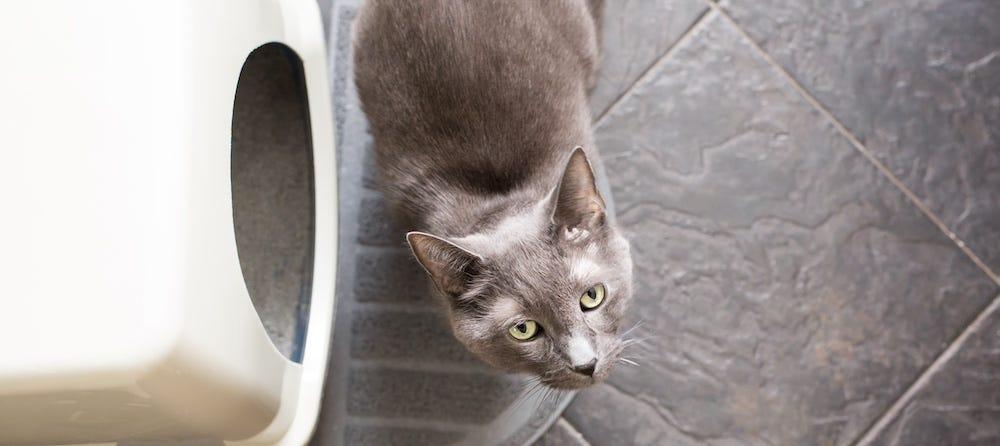Your cat should be able to maintain its own hygiene with its own grooming. Unlike dogs, cats are capable of using their tongues and teeth to clean and groom their coats as needed. Occasionally, however, your cat may find its way into something exceptionally dirty and you may need to give it a bath. Here are some tips provided by the American Society for the Prevention of Cruelty to Animals (ASPCA) for how to bathe your cat.
Timing Is Everything
Due to the potential agitation that bath time may cause your cat, you will want to time your cat’s bath strategically. Scheduling a bath following vigorous play is the ideal time to give your cat a good scrubbing because a tired cat is going to put up much less resistance against a bath than one that’s just woken up from a nap.
Pre-Bath Manicure
ASPCA strongly recommends taking a look at your cat’s claws before a bath and making sure they are trimmed down. This will help prevent any serious scratching from a frazzled, wet cat.
Comb & Cotton
After tending to the claws, give your cat a light brushing to remove as much loose fur as possible before the initial soak. This is also the time to carefully insert a piece of cotton into your cat’s ears to prevent any water from entering.
Stability Is Key
Put a rubber bathmat down in the tub or sink where you’ll be giving your cat a bath. This will help it keep its footing throughout the process and prevent it from slipping and sliding around the tub. Then, fill the basin with about three to four inches of lukewarm water. Make sure that the water isn’t too hot!
Begin to Bathe
Now, with either a handheld hose attached to the faucet or a plastic pitcher or cup, gently begin to pour water over your cat. Soak your cat’s coat thoroughly, but be careful to avoid getting water in its eyes, ears, and nose.
Time for Suds
With a diluted mix of one part cat shampoo and five parts water, begin to lather your cat’s coat. Work your way from neck to tail, soaping with the grain of the coat, and, again, be careful to avoid the eyes, ears and nose. Don’t use human shampoo, as that will dry out your cat’s skin.
Rinse, But Don’t Repeat
Now that kitty is all lathered up, take the hose or pitcher and rinse with lukewarm water thoroughly to ensure that all shampoo has been washed out of its coat. Any residual soap can irritate the skin and actually attract more dirt.
Face The Facts
You can take a wet washcloth to wipe around your cat’s face, using just water unless you’ve got a particularly dirty kitty. If water won’t do it, use an even more diluted shampoo-water solution to wash around your cat’s face, but be very careful, particularly when washing around the eyes and ears.
Drying Up
To proceed with drying in the most comfortable way for your cat, wrap it in a large towel and begin gently drying it. Doing this in a warm place will provide further comfort. Some cats will allow you to actually use a blow dryer, but make certain that it’s on the lowest heat setting. For cats with longer coats, drying may also involve the careful use of a wide-toothed comb for detangling purposes.
You’ve done it and so has your cat! The experience was undoubtedly a bit distressing for both of you, so it’s important to reward your kitty for being such a good sport. Give your cat a treat after bath time and you may just make the next bath a little bit easier on yourself!




